Be careful what you wish for.
When I moved from design into design research, I dreamed of projects like these. 2013 was the year they arrived.
Contexts ranged from hospitals to homebrew, motorhomes to mobile devices, television to truck driving.
I was repeatedly humbled and surprised by the people I worked with, both research subjects and my client collaborators.
As much as I’d love to write a blog post from each, 2014 is in full swing, so…
Here are the first four of eight standout projects:
_
1. Hospital in-patient experience
Client: CDHB.
Location: Christchurch, NZ.

The most sensitive environment and subject matter I’ve worked with so far.
I worked with hospital staff on wards and at patients’ bedsides to capture in-patients’ emotional responses to the experience of their stay.
After discharge we visited patients and their families at home for a reflection on the experience. A clear picture emerged, of what matters to a patient, from environment, to information to service, and their associated feelings. Together, the team formed key design principles to meet the emotional needs of patients.

In some interviews I used live-sketching to capture notes, It was fun so I wrote a short article about my technique, with ‘top tips’.
_
1.5 Hospital ward prototyping
Later, in a GIANT warehouse, I helped lead a series of ward design / prototyping exercises with a super diverse set of stakeholders – from cleaners to clinicians, anaesthetists to architects.

I worked with a team of anthropologists and architects from Seattle-based design agency, NBBJ to facilitate full-size prototyping and simulation exercises, using cardboard for walls, medical staff and actors to test various scenarios of use.
Those cardboard walls in the photos are a system called Mockwall designed specifically for spatial prototpying.
Since then the CDHB team have taken the prototypes through to a convincing level of detail where they can be validated through ‘almost real’ use. You can watch a short video showing where they’ve come to.
_
2. No Trucking Worries
Client: Blackbay.
Location: Virginia, USA.
I was dropped into Richmond, Virginia and the world of the long haul trucker. As I found out, Richmond is smack in the middle of the Interstate 95, the busiest highway on the east coast, connecting 15 States.

My role was to capture the voice of the driver, the way they communicated on the road and the information they handled along the way.
Big rigs, 53 foot trailers, truck stops and the dedicated ‘tribe’ whose mantras were either ‘live to drive’, or ‘drive to survive’. After a few days of interviews I was talking their language of lumpers, spots, hooks, dead-heads and bob-tails.
I worked in classic diners and freight depots, alongside product managers to inform the design of plan an app to let drivers spend more time eating up highway and less time worrying.
Yes, the app is called No Trucking Worries
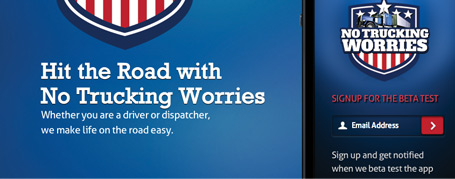
_
3. Rock’n’roll radio
Client: Tait Radio.
Location:Christchurch, NZ.
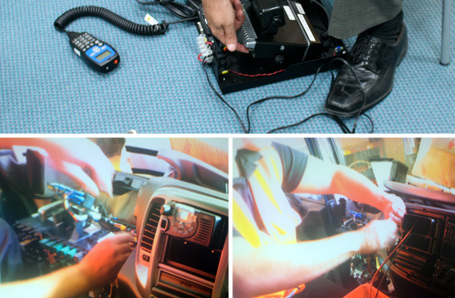
To help Tait adopt a user centred approach to product development I planned and facilitated a rapid ‘learning by doing’ user centred design workshop focussing on installation of their in-vehicle radio systems.
This was a hands-on capability-building activity focussed on a specific project with the idea they could roll out the same approach on other projects.
I coached the team around research and analysis techniques, then took them through to prototyping and testing their concepts with their live customers.

I loved seeing engineers dig deep to define customer needs, then work together with plasticine and pipe-cleaners, receiving valuable feedback before moving designs forward.

_
4. Border Entry
Location: London, UK.
Client: UK Government.
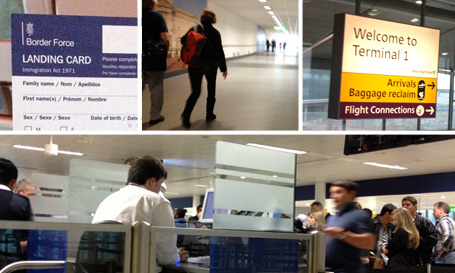
“What is the purpose of your visit to the UK today sir?”, became what is the experience of travellers entering UK borders?.
This was a dream opportunity to work in airports, a context I’ve always been intrigued by.
Unfortunately, with my curiosity at it’s peak a week into this project, the project timeline shifted and I couldn’t eat into my next project in NZ, so frustratingly found myself experiencing the NZ border entry earlier than expected. …Maybe another time.
Dream projects 5-8 next week…
The rest of the year saw me into the world of craft brewing, TV, motorhomes and wrangling supply chain, sales and distribution with my own side project, Mr. Tappy. I’ll save all these for Part 2.





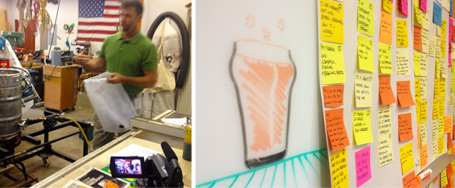
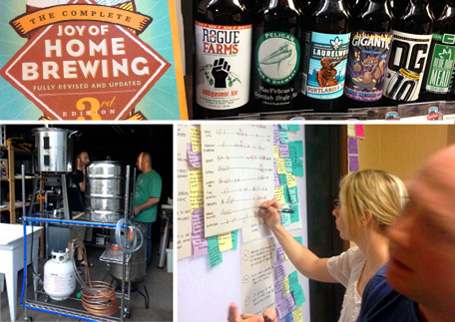

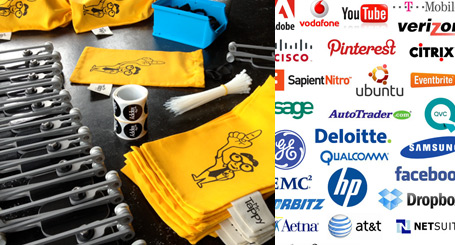

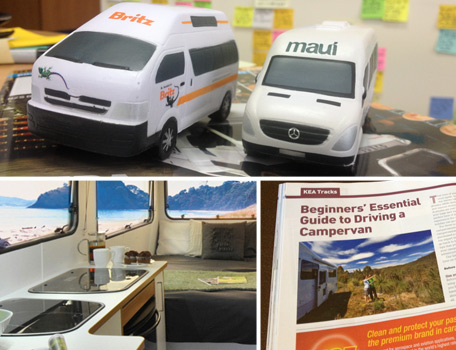










 I’ve been willingly doing myself out of a job, and it feels great.
I’ve been willingly doing myself out of a job, and it feels great.
